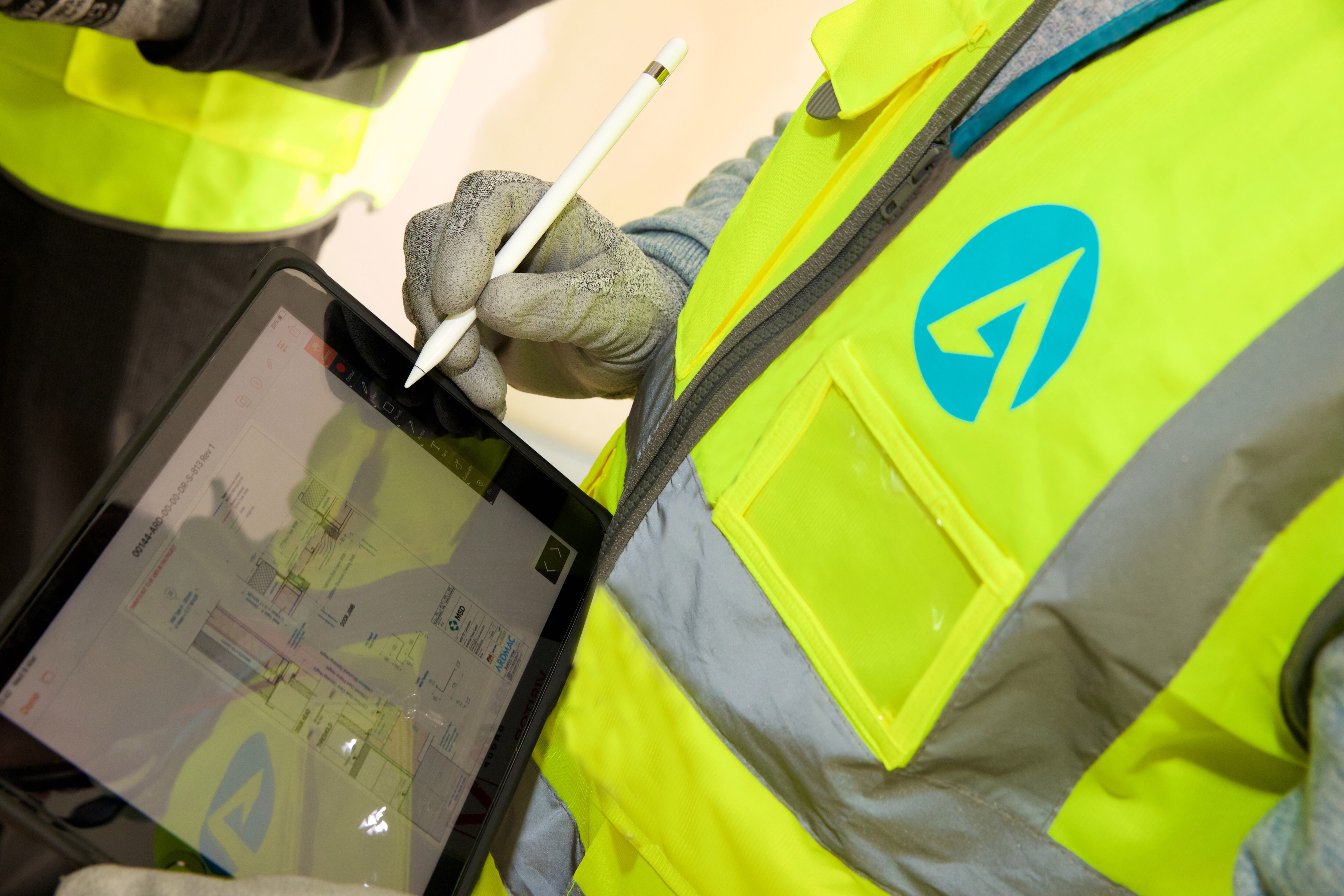The roll-out of smart electricity meters began in 2019, and in just three years, despite Covid-19 restrictions, over 1 million smart electricity meters have been installed across the country. With 10,500 meters being installed every week, the programme is on track to have every home, farm and business using smart meters by the end of 2024.
“We hope that the vast majority of customers will have smart meters by the end of 2023,” says Carmel O’Connor, smart metering project manager with ESB Networks. “We will have 1.5 million installed by the end of 2023 and should reach 2 million by the end of the following year.”
Smart meters give customers greater control of their energy usage, offering them the opportunity to access more accurate bills and sign up to smart services and tariffs from their electricity supplier. ESB Networks has also begun to provide customers with access to details of their electricity consumption through the new ESB Networks Customer Online Portal.
What most people don’t realise, however, is that their smart meter is part of the largest internet of things (IoT) network in the country. Data from the smart meters is sent wirelessly over the Three Ireland mobile network to ESB Networks, which then sends it to the customers’ electricity suppliers for billing purposes. Connectivity is provided by Three’s dedicated purpose-built network which includes 2G and new Low-Powered Wide Area Network (LPWAN) capability.
RM Block
“This is a hugely important project,” says Three Ireland head of ICT and 3IOT, Karl McDermott. “It will contribute towards Ireland’s sustainability goals with smart meters helping consumers to become more energy-efficient. With 1 million smart meters installed so far, it is Ireland’s largest IoT network by some distance. It accounts for nearly 30 per cent of the Irish IoT market on its own and it’s still growing. Another million meters will be installed over the next two years and close to another million in the two years after that.”
A lot of people don’t want to think about tariffs and so on, but we will still be able to read their meter remotely
— Carmel O’Connor, ESB Networks
He attributes the success of the project to the extremely close working relationship between Three Ireland and ESB Networks. “Doing something of this scale and complexity without any issues is an example of true partnership,” he says. “We were awarded the contract in 2019, but we have been working with ESB Networks since 2013 when they first started talking about smart meters. Lots of work went in to understand the requirements and ensure our network could deliver on them. We almost had to blend the two organisations to deliver it. Our tech team almost had to become part of the ESB Networks team.”
Three recently upgraded the original solution with LPWAN for enhanced coverage. This enabled ESB Networks to provide smart metering services to customers who have meters in extremely hard-to-reach places from a coverage perspective.

Chinese interest in the ‘golden visa’ scheme surges
“We were doing that anyway, but we accelerated it for this project,” McDermott explains. “LPWAN reaches parts other networks can’t reach. It gets down into car parks under apartment blocks and so on.”
O’Connor points out that there are benefits to smart meters even in cases where the customer does nothing. “A lot of people don’t want to think about tariffs and so on, but we will still be able to read their meter remotely,” she says. “Sometimes a meter could be behind locked gates or inside a house and people aren’t in to allow access. That leads to a lot of people getting estimated bills. That doesn’t happen with a smart meter, the customer always gets an accurate bill.”
We are just starting to see the benefits of smart meters in terms of cost and energy savings, improved efficiency, and reducing our carbon footprint
— Karl McDermott, Three Ireland
Fault detection is another benefit. “If a customer calls to say there is no supply to their home and it turns out the problem in is their home they have to pay for the call-out,” O’Connor explains. “In future we hope that the call centre agent will be able to ping the meter to determine if there is supply to the home or not. If the meter has a supply, the agent can advise the customer to call in an electrician to deal with the issue without having to incur a call-out charge from us. Also, if there are repairs after a storm, we can pinpoint if any customers are still without supply. The data from the smart meters will also help guide us on where to spend money on improvements to the system.”
Smart meters are also facilitating microgeneration, where customer who generate their own electricity from small wind turbines or solar panels are able to sell excess power back to the grid.
“It’s going to be an interesting few years,” says McDermott. “We are just starting to see the benefits of smart meters in terms of cost and energy savings, improved efficiency, and reducing our carbon footprint. We have a great working relationship with ESB Networks and will be working with them on other projects to realise the benefits of smart meters.”




















